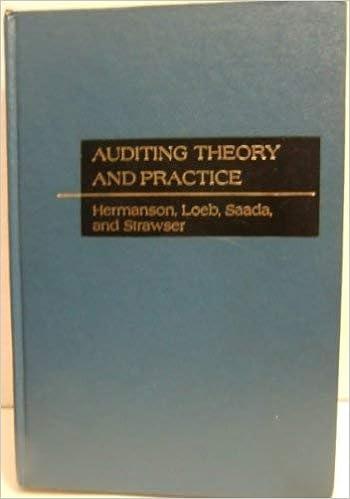Question
consumption: C = 350 + 0:8(Y T) investment: I = 200 government purchases: G = 300 net exports: NX = 150 0:05(Y T) aggregate expenditure:
consumption: C = 350 + 0:8(Y T)
investment: I = 200
government purchases: G = 300 net exports:
NX = 150 0:05(Y T)
aggregate expenditure: AE = C + I + G + NX
2. Suppose the government uses balanced-budget policy, financing its expenditure by lump-sum taxes (i.e., G = T). (a) Compute the equilibrium values of output (Y ) ; consumption (C) ; and net exports (NX) ; as well as private saving (Sprivate) ; public saving Spublic; and national saving (S) : (b) Suppose the government wants to achieve the same output level as in the no-tax case in 1 (b) above. i. Does it have to increase or decrease its expenditure (G) and (lump-sum) taxesT with G = T and by how much? ii. What is the value of the balanced-budget multiplier? iii. In the no-tax case in 1 (b) ; the G-policy can eliminate any trade imbalance (i.e., make NX = 0). Would the government be able to achieve exact trade balance as well under the balanced-budget policy here? If not, would there be a trade surplus or trade deficit, and how big is the surplus/deficit?
Step by Step Solution
There are 3 Steps involved in it
Step: 1

Get Instant Access to Expert-Tailored Solutions
See step-by-step solutions with expert insights and AI powered tools for academic success
Step: 2

Step: 3

Ace Your Homework with AI
Get the answers you need in no time with our AI-driven, step-by-step assistance
Get Started


